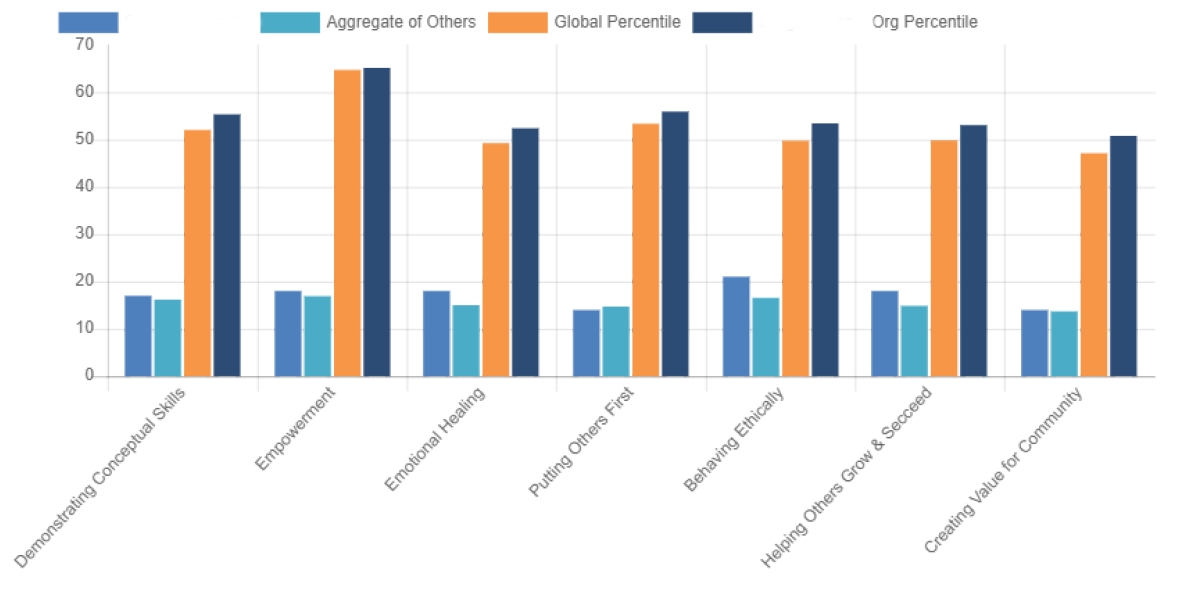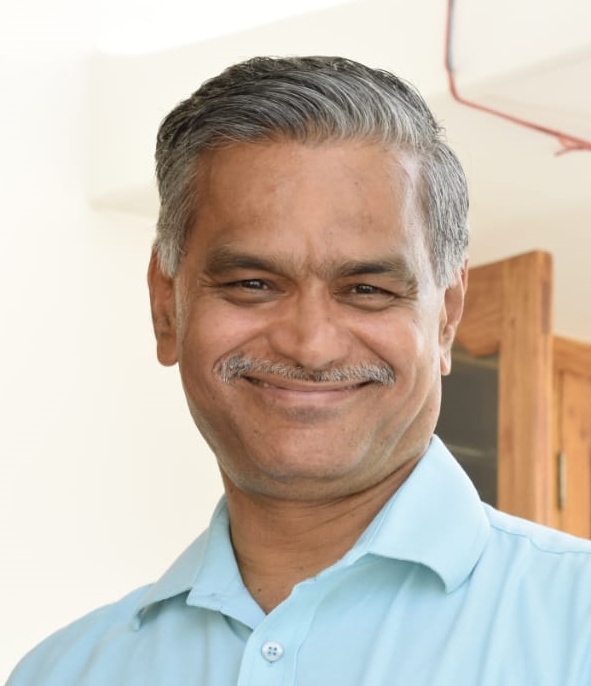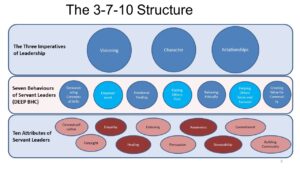As the business world gets more and more entrenched in the use of Generative AI, the need for “humanising” the culture is all the more evident. This work involves the worker, the workplace, the work processes and the leadership.
Transition to the human centred culture is not easy and requires significant efforts. We have identified four areas that an organisation needs to invest in to be successful in this transition.
- Human Centred Coaching
- Human Centred Leadership Development
- Human Skills
- Human Centred Organisation Design
This document describes the first item namely, Human Centred Coaching. Coaching is vitally important in bringing mindset changes and prepare leaders for the future. This is especially required for busy leaders who might not have the time and inclination to sit through Leadership Development programs.
We use the ARISE model of leadership, developed and implemented by Dr. Madana Kumar, PhD. The ARISE model is explained below. While the overall flow is the same, the order in which the coaching takes place is not sacrosanct. it is possible that in one area, the coachee is at A stage, while in another the coachee is at I stage. It is also possible that during any of the other stages, the coachee might decide to revert back to the A stage to start all over again.

- A: Assess: This is the first stage of our coaching. During this phase we assess the following
- Goals
- Organisation Structure
- Critical Relationships
- Team Strengths and weaknesses
- Achievements and challenges
- Personality (Psychometric Assessment)
- Change Readiness (Psychometric assessment)
- Servant Leadership Behaviours (360 degree Psychometric assessment)

2. R: Reflect: In this phase of coaching we identify the coachee’s Strengths, Areas of Improvement, Overestimation and Underestimation. The coachee is guided through a process to analyse current behaviours, situations, feelings and reactions . The coachee is then challenged to ask “what if” questions, and consider alternative approaches to situations and challenges. The coachee is guided to a place where they identify changes they need to make in their behaviours at workplace and otherwise.
 3. I: Implement Changes: In this phase the coachee is encouraged to implement changes that are required in any of the areas that they identified. Depending on the area of implementation appropriate job aids might be given, or the coachee might be directed to other resources for them to easily implement the changes required.
3. I: Implement Changes: In this phase the coachee is encouraged to implement changes that are required in any of the areas that they identified. Depending on the area of implementation appropriate job aids might be given, or the coachee might be directed to other resources for them to easily implement the changes required.

4. S: Seek Feedback: This is where the coachee needs to seek feedback on their changed behaviour and/or approach and/or attitude from key stakeholders. This feedback is usually done in one on one setting with key stakeholders. The coachee is encouraged to share the areas they identified for change, the changes they implemented and then seek to find out if the other stakeholders see any difference. This one on one feedback sessions could be complemented with a second 360 degree assessment.

5. E: Encore: Improvement is never a one time activity. The cycle needs to be repeated for continuous improvement.
Our Model of ARISE coaching uses he strengths of the other established models of Coaching, and complements it with structured assessments, guided reflections, help for implementation, job aids, and feedback processes. The process by design is an iterative process that gives the coachee the much required psychological safety to try out new and unconventional changes.
_____________________________________________________________
 Author: Dr. Madana Kumar, PhD is the Servant Leadership Evangelist at Leadyne. You can connect with him here, or contact him here.
Author: Dr. Madana Kumar, PhD is the Servant Leadership Evangelist at Leadyne. You can connect with him here, or contact him here.
Contents are intellectual property of Dr. Madana Kumar and Leadyne. Copying and using is prohibited under the copyright laws.




Comments are closed.